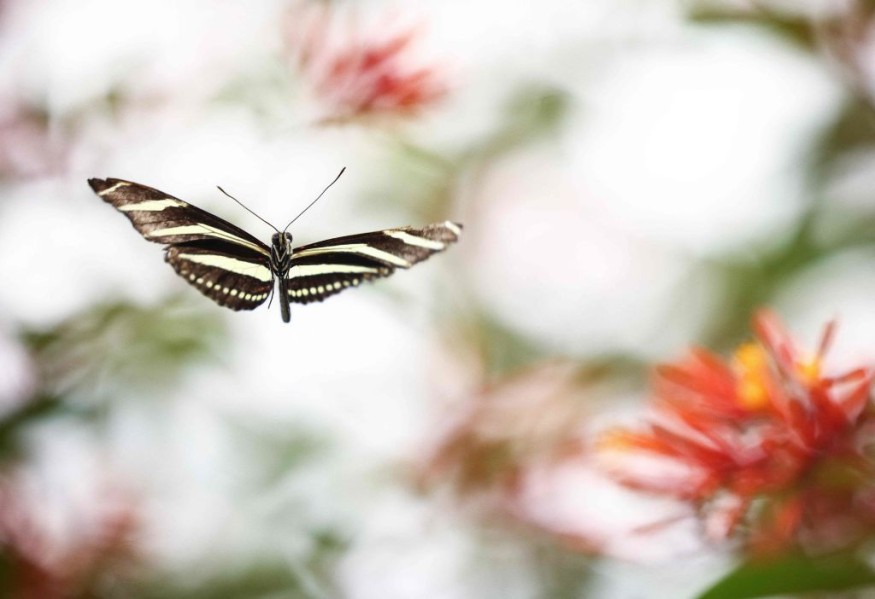Recent research warned about the distribution decline of butterflies in Eastern Denmark due to habitat loss and unsuccessful conservation efforts.
22 species of butterflies in different sites were affected.
Butterflies may be small, but they play significant ecosystems, as they help ollinate plants and are an indicator of a healthy environment.
As a result, the potential threats to the butterfly population can negatively impact the environment and communities.
According to research published in Biological Conservation, researchers conducted surveys on the distribution of 22 uncommon butterflies in parts of Denmark from 2014 to 2019.
Decline in butterfly distribution in Denmark

Researchers raised concerns about the status of the butterfly population in Eastern Denmark. Records showed that butterfly distribution in the region suffered from a 72% decline.
The researchers monitored the butterflies in Mon, Falster, Zealand and Lolland.
From the recorded number, they discovered that rare species of butterflies could likely be at risk of extinction.
In addition, the 2019 record showed 22 species of butterflies in 158 sites. In 1993, at least 565 sites had seen the 22 species of said butterflies.
According to the study's senior author and Associate Professor Hans Henrik Bruun, the butterflies can indicate the quality of nature.
The recent data could suggest the decline problem of unique and rare butterflies in the region.
Habitat loss and unsuccessful conservation efforts
One of the main culprits in the decline is the habitat loss.
Butterflies are considered sensitive to land-use intensification. Habitat loss in Denmark and significant land-use changes could affect the distribution of butterflies in major sites.
Furthermore, the researchers also noted the decline of species with sedentary habitats. Other countries with butterfly decline are the Netherlands, the UK and parts of Northern Europe.
The rapid loss of habitats, especially forests or marine environments, could impact wildlife and vital biodiversity. While there are conservation or protection efforts, butterflies are still in decline.
The report highlighted that protected areas could still suffer from human activities, continuing commercialization and timber production.
With increasing human-caused problems, protecting their population from decline will become more challenging.
Also Read : Antarctica's Emperor Penguins Suffer From Catastrophic Breeding Failure Due to Global Warming
Unique Monarch Butterflies
Recently, NWN reported the urgent conservation need for monarch butterflies (Danaus plexippus). The species has been threatened by a population decline of up to 91% since 1996.
In research published in Conservation Letters, global warming and climate change harm their population. Human-caused stressors also affect the butterfly breeding grounds.
As a result, protecting their breeding grounds is crucial in preventing the said species from the brink of extinction. In the Rocky Mountains, monarch butterflies declined by at least 81%.
In addition, monarch butterflies are migration experts. They can travel far distances to the Northeast, Midwest, Canada or Mexico.
Related Article : Unique Monarch Butterfly from North America Suffers From Population Decline Urging for More Conservation Efforts
For more similar stories, don't forget to follow Nature News.
© 2025 NatureWorldNews.com All rights reserved. Do not reproduce without permission.





